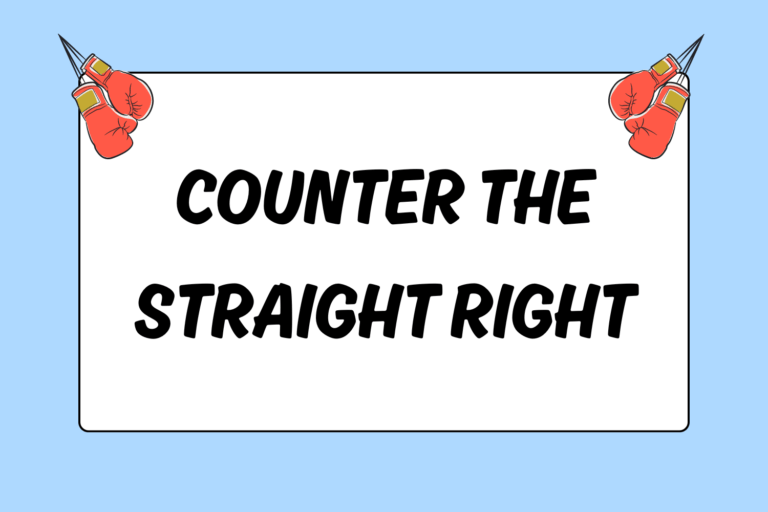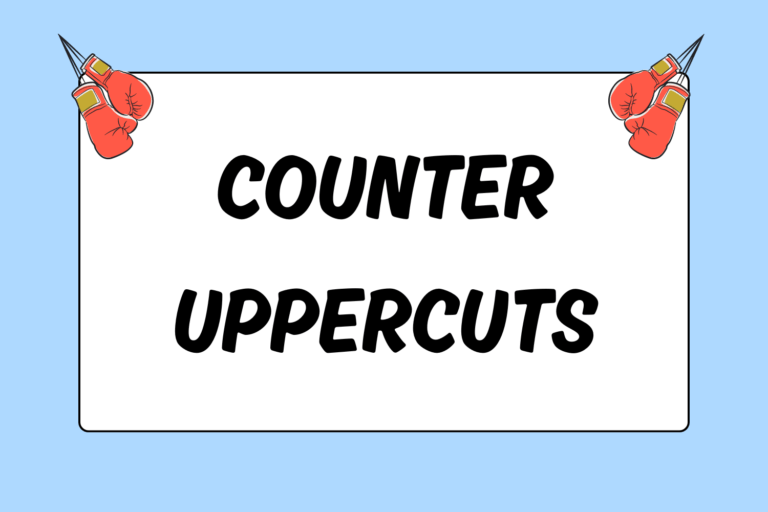Boxing is a demanding sport that takes a toll on the body, since training targets just about every muscle from head to toe. In addition, boxing is a contact sport, and even the slickest fighters take shots now and then.
Whether you’re training for a bout or simply boxing for fun, you’ve probably experienced post-workout soreness. In fact, post-workout soreness becomes pre-workout soreness for boxers that train more than once a day! This guide outlines seven steps you can take to make your recovery as effective and efficient as possible.
1. Proper Rest is Essential
Overtraining is a problem for many competitive athletes. Because of their competitive mindset and desire to improve, many athletes neglect the need to rest one day per week. However, your body needs time to recover, rebuild, and strengthen. Overtraining does not allow for this to occur, and it often results in decreased strength and stamina.
In addition, sleep needs to be a top priority in order for you to reach peak performance. Growth hormones play an integral role in recovery and are released most efficiently as you sleep. World-class athletes train hard and sleep as much as possible.
2. Warm-up & Cool-down
The body rebels when forced to switch gears very rapidly. Injuries occur more frequently and soreness intensifies when you overlook simple warm-up and cool-down techniques. These techniques involve various stretches and exercises to help your body adjust.
Among other benefits, warming up increases suppleness of muscles and increases oxygen flow to muscles. More importantly, cooling down reduces lactic acid buildup in muscles, which normally leads to delayed muscle soreness.
Fun Fact:
Hall-of-famer Oscar de la Hoya hired a “Recuperation Therapist” in the latter part of his career. The therapist was in charge of regular message therapy and stretch routines.
3. Low-intensity Cross Training
Despite popular belief, you can have some low-intensity workouts and still reach peak condition. Of course, most of your workouts should push you physically, but recovery time inevitably speeds up when you incorporate lighter workouts into your routine. Blood flow increases with low-intensity training, such as slow swimming, biking, or yoga. Improved circulation helps your body dispose of toxins and lactic acid without creating new waste products. This type of recovery is often referred to as “active recovery.”
4. Nutrition
Boxing burns energy as well as any exercise, so you need to properly fuel your body if you expect optimal results. A well-balanced diet includes complex carbohydrates, mono and polyunsaturated fats, and protein. Your body refuels most effectively in the first hour after your workout, so give your body the fuel it needs immediately after you finish your routine.
Nutrition involves not only food, but also liquids — specifically water and sports drinks. Sports drinks aren’t necessary, but they certainly help your body replace depleted electrolytes. Water makes up the majority of your bodyweight and aids in most bodily functions, including flushing out toxins. A hydrated body is usually a happy body.
5. Ice Bath
If you have access to a training room, then you probably have access to an ice bath. If not, use your bathtub. Simply fill the tub with lots of ice and cold water and jump in.
According to many studies, the cold temperature tightens blood vessels and flushes out waste products. It also reduces inflammation and pain caused by small, microscopic tears that develop during rigorous workouts. Those who can bear the initial pain will experience a vast increase in recovery time!
6. Steam Room or Hot Tub
Steam rooms and hot tubs heal the body much in the same way as active recovery: Your body sweats out toxins and waste products without promoting new waste. You can even implement a steam room routine as part of your cool-down. The steam room, which involves “wet heat,” increases your flexibility by heating your muscles. Deep breathing while in the steam room also promotes relaxation and calmness.
Some athletes also implement “contrast water therapy” — alternating between the ice bath and the hot tub — as a mode of recovery.
Hot Tip: Don’t Ignore Injuries
It may seem obvious, but ignoring an injury is one of the worst mistakes you can make. Small injuries quickly become chronic injuries when you fail to rest.
7. Massage
Most professional athletes undergo massage therapy on a regular basis. Although you’re probably not a pro, you too should get messages as often as possible in order to recover.
There are a range of options to choose from, but generally deep massages should only be scheduled when you have proper time to rest after the massage. Deep massages alleviate knots that have developed in your muscles over time, but the therapy usually causes some soreness. Lighter massages, on the other hand — such as Swedish massages — assist in blood flow stimulation and relaxation. Lastly, sports massages employ numerous stretching techniques to help your body heal.
Listen to Your Body
Overtraining can easily be avoided if you pay close attention to how your body feels. Push your body to its limits throughout training, but don’t forget to rest, heal, and recover. Follow the steps laid out in this guide and you should be able to minimize soreness and optimize your performance in the ring.





